SMBC and Persefoni Jointly Support Companies’ Decarbonization Measures
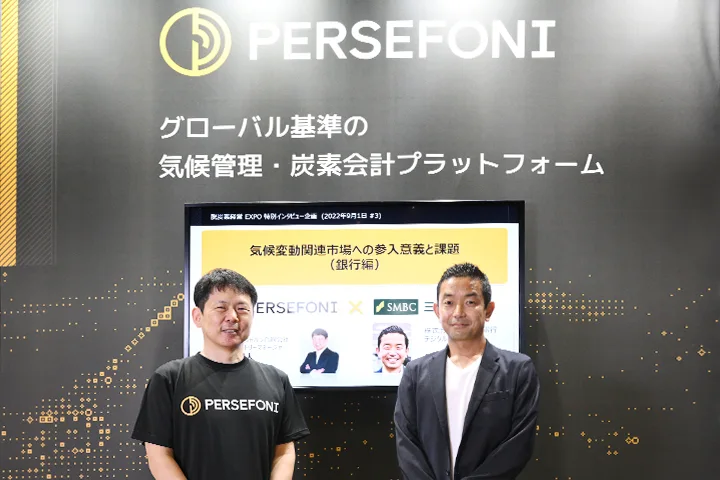
Measures to address the climate change issue have accelerated globally since adopting the Paris Agreement in 2015. In October 2020, the government of Japan pledged carbon neutrality by 2050, that is, that Japan will achieve overall zero emissions of greenhouse gases by 2050, and announced that it will work toward realizing a decarbonized society. Japanese enterprises are also being pressed to take measures toward decarbonization.
Under these conditions, SMBC has developed and begun providing the greenhouse gas (hereafter “GHG”) emissions visualization cloud service “Sustana” for companies. We also concluded a basic agreement to provide GHG emissions visualization services with the leading climate change management and accounting platform company Persefoni of the US and began providing services to customers.
Why did SMBC begin this joint initiative with the US company Persefoni, and what are the issues in achieving decarbonization at companies? We present a dialog between Kento Miura, who works as the country manager at Persefoni Japan, which is the Japanese subsidiary of Persefoni, and Hiroyuki Suzuki, who is the general manager of SMBC’s Digital Strategy Department.
From a financial institution to a “global solution provider”
With the Silicon Valley Digital Innovation Lab established by SMBC Group in Silicon Valley in the US as the catalyst, SMBC invested in our company in the autumn of 2021, and we began collaboration from August 2022. This time, I will advance the dialog with Hiroyuki Suzuki of SMBC.
The Digital Strategy Department, which I belong to, is a unit that provides and seeks future possibilities for new services, value-added, and business models via digital technologies in finance, of course, and also in non-finance areas. We believe we can provide value-added to customers by collaborating with Persefoni in the decarbonization field, which is a non-financial area.
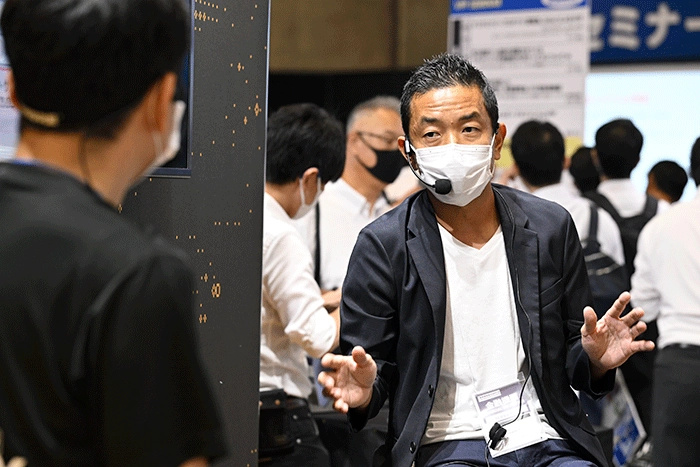
Thank you very much. I understand that the Digital Strategy Department is seeking new businesses extensively. Can you tell us the reasons and background as to why it is placing particular emphasis on the environment?
SMBC has put forth the vision of “a trusted global solution provider committed to the growth of our customers and advancement of society” in our medium-term management plan. As Japan and many companies have adopted the goal of achieving decarbonization by 2050, we think it is necessary to face our customers and work at solving their issues as a solution provider.
Moreover, SMBC is aiming at realizing decarbonization by 2050, complying with not only Scope 1 and Scope 2 but also Scope 3.*1 Because Scope 3 requires calculating the GHG emissions not just of a company itself but throughout its entire supply chain, including investees, we have to face and resolve customers’ issues as if they were our own. For these reasons, the Digital Strategy Department emphasizes the solution of environmental problems.
*1. Scope 1 refers to the volume of CO2 emitted directly by the business, and Scope 2 refers to the volume of CO2 emitted indirectly by using electricity, heat, and steam provided by other companies. Scope 3 refers to the other indirect emissions of CO2 (CO2 emissions in the supply chain linked to the activities of the business).
One-stop decarbonization support fully utilizing digital technologies
Furthermore, decarbonization initiatives have an extremely high affinity with digital technologies. In the decarbonization procedure, first, various data on corporate activities are collected, and the GHG emissions are calculated. Normally, information disclosure is then conducted, and the company begins specific reductions. This is the same procedure followed in dieting. A diet begins from getting on a scale and checking your own weight, and decarbonization also begins from calculating the GHG emissions. In other words, it is necessary to quantify the corporate activities, and in carrying out the quantification, data is collected from various data sources concerning corporate activities and organized. This process has an extremely high affinity with digital technologies, so we believe it is meaningful for us to address this as the Digital Strategy Department, and we are actively advancing research.
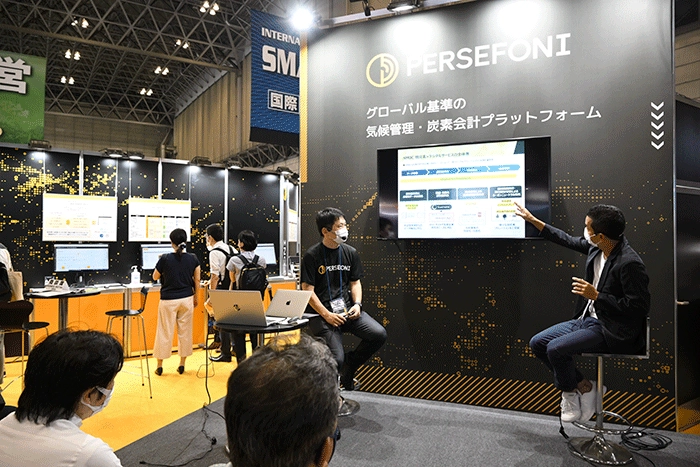
Then, regarding how SMBC is assisting decarbonization, first, regarding data collection, we use AI natural language processing to read electricity and gasoline invoices. These are input into the Sustana calculation tool which our company developed, and the emissions volumes are calculated.
Sustana is a CO2 calculation tool mostly geared toward domestic small and medium enterprises. After calculation comes disclosure, and we provide the service of the US startup The Climate Service (TCS), which is presently a part of S&P Global. This is a financial information disclosure service that complies with TCFD,*2, and the emissions data is input into it. In the reduction process, it is necessary to discover partners with technologies for CO2 reduction, and companies can find them through the Biz-Create platform which is operated by SMBC. Biz-Create is one of Japan’s largest business matching platforms, so it is an optimal service for discovering partners for resolving problems.
*2. TCFD is an abbreviation for the Task Force on Climate-related Financial Disclosures. This is an organization that examines standards for climate-related information disclosure by companies and the response of financial institutions.
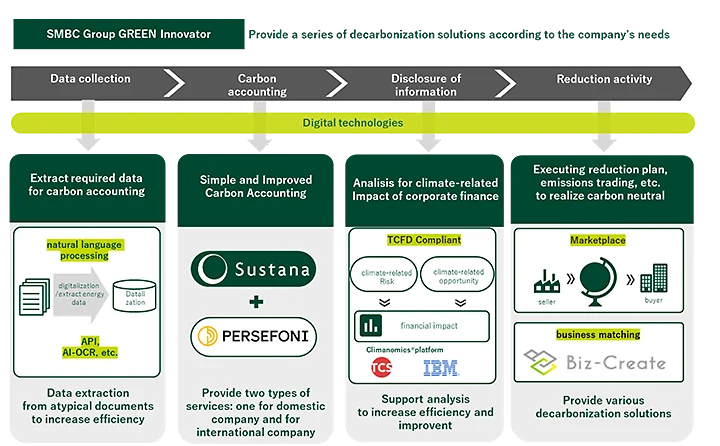
Thank you very much. I understand that SMBC is working together with various partner companies to provide a one-stop service. I feel very thankful that you are also utilizing our service skillfully.
Automation of even complex calculations with Persefoni’s tools, which comply with global standards
Please tell us the background as to why SMBC came to provide Persefoni’s products to your customers even though you have the GHG calculation tool Sustana which your company developed?
I am asked that question very often. While Sustana also covers from Scope 1 to Scope 3, Persefoni’s tools have the overseas emission factors,*3, which vary by country, set beforehand and they are also equipped with the calculation formulas which are recommended by the authorities in each region overseas, so they can comply with the standards in more than 150 countries. For that reason, their distinctive feature is that they are strong globally. We feel that Sustana is appropriate for companies that are mostly active domestically, while Persefoni’s tools are appropriate for companies that are developing globally.
Another strength of Persefoni is that it complies with Scope 3 in fine detail. The Scope 3 calculations are more complex and time-consuming than those for Scope 1 and Scope 2, but Persefoni has completely automated these calculations. In particular, I think a major feature of Persefoni’s tools is that among the 15 Scope 3 categories, they can precisely calculate Category 11 (use of sold products) and Category 15 (investments).
*3. Greenhouse gas emissions per unit of activity.
I think the merit of using Persefoni’s systems is great not only for companies with overseas branches but also for companies with transaction partners and supply chains overseas. Also, Scope 3 Category 15 (investments) requires the calculation of the emissions of investees.
Consequently, if a company has hundreds or thousands of investees, it must present calculations of all of their emissions. In Japan, Persefoni is the only company that can automate these calculations.
Aiming to be the first call bank in decarbonization
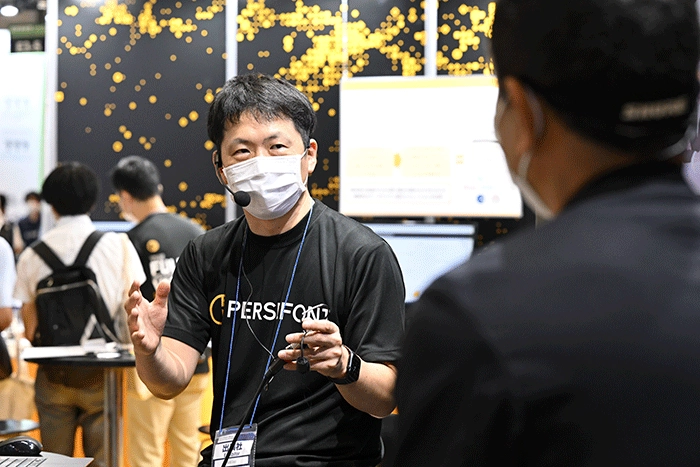
SMBC Group decided to introduce Persefoni because we also have numerous bases inside Japan and overseas.
Thank you very much. It is really encouraging that SMBC Group, which is a leading decarbonization company, is using Persefoni’s tools. Please tell us about the marketing position which SMBC is aiming at from now on.
From the perspective of aiming to be a global solution provider, we want to be the first call bank in the decarbonization field. We will support customers’ decarbonization with a digitally connected value chain. That is the vision we are aiming at.
Looking worldwide, initiatives concerning sustainability are one important issue that companies have to address. We want it to be widely known that SMBC is seriously advancing initiatives as a financial institution. Having said that, the fact is that many points are still far from going well. We want to be helpful to customers in every direction, but we don’t think that is possible only with our own capabilities. On the other hand, we have links with diverse customers precisely because we are a bank. We are considering partnering in every direction, so please approach us if you have an idea that “we can collaborate in this kind of way.”
To begin with, we want to support customers’ GHG emissions visualization together with SMBC. By using our services, customers can save time and effort and then use that time to focus on actions for GHG reductions, which are the real task. Through these measures, we want to contribute to decarbonization in Japan and worldwide.
-
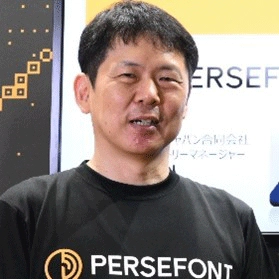
Country Manager, Persefoni Japan
Kento Miura
Joined Persefoni as the country manager of Persefoni Japan in May 2022.
Prior to joining Persefoni, had a career of more than 25 years at IT companies such as Apple, Microsoft, Dell, and NTT.
At Apple, served as the country manager of Apple Pay Japan & Korea and the director of iPhone Japan. -
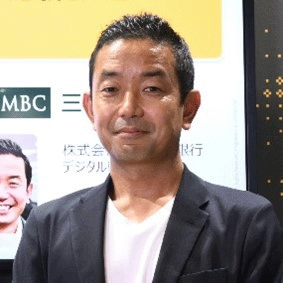
General Manager, Digital Strategy Department, SMBC
Hiroyuki Suzuki
Joined SMBC in 1996.
Has experience in corporate sales and planning in Japan and the US. At the Digital Strategy Department, presently responsible for SMBC Group’s digital strategy for corporate clients and the growth strategy of digital subsidiaries.
